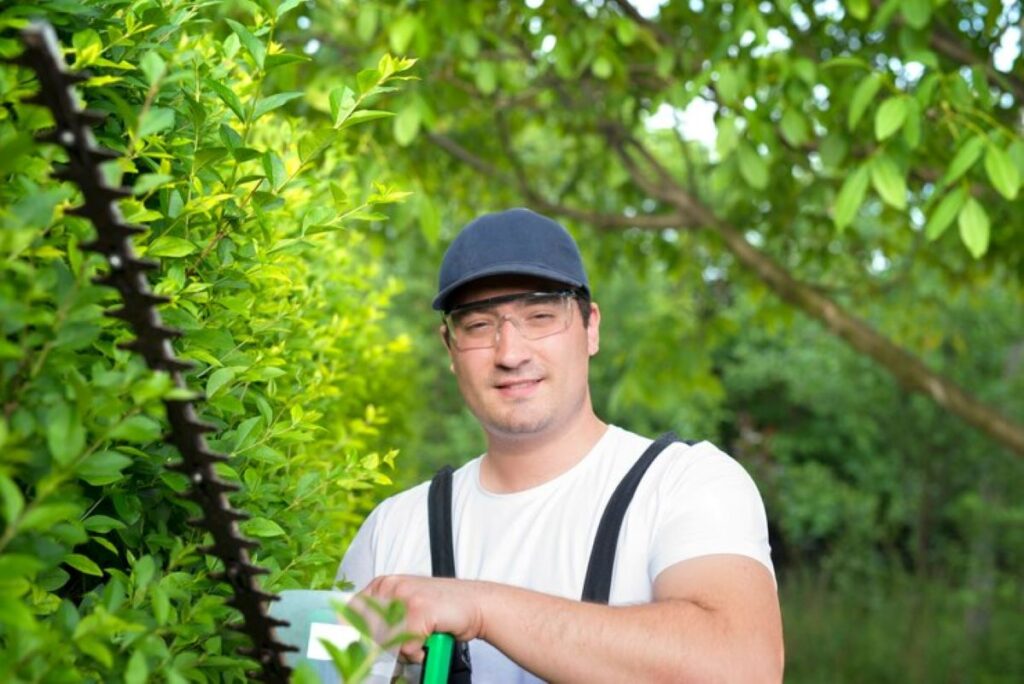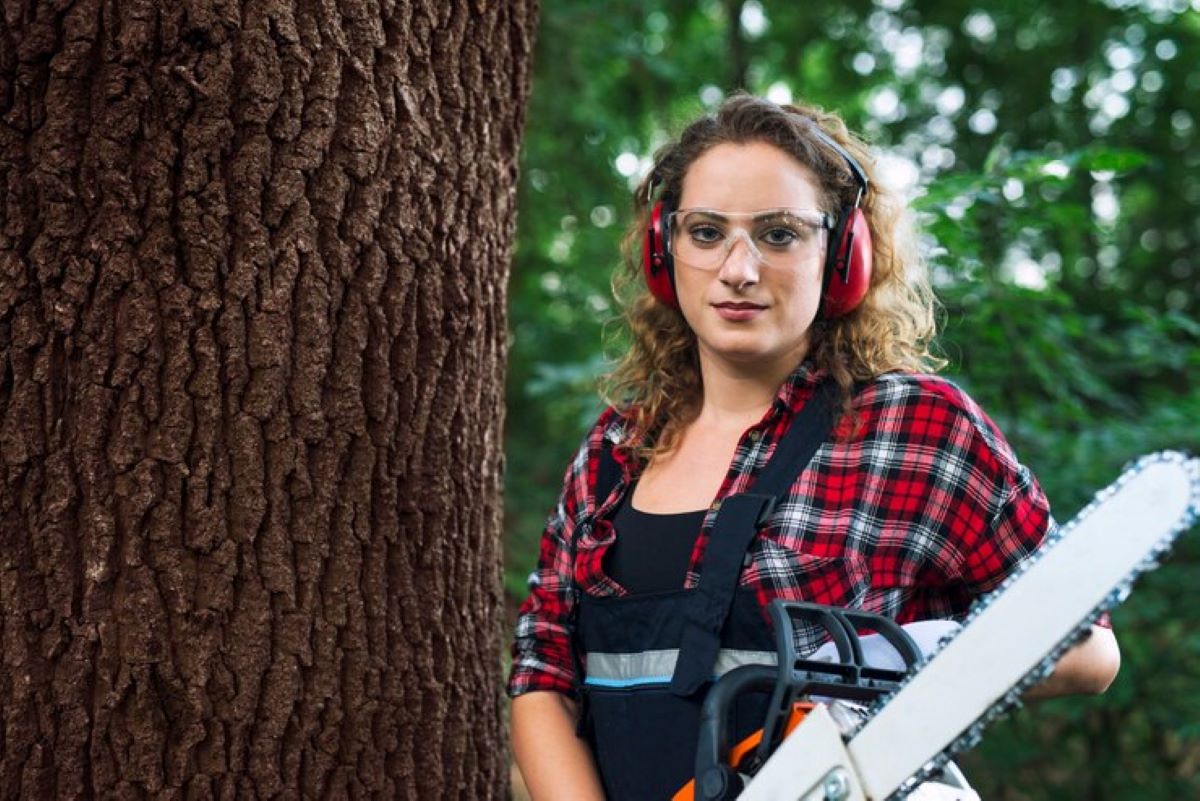Why Should You Hire an Arborist in Epping for Tree Inspections and Root Protection Advice?
Professional arborist Epping services protect both your trees and property from preventable damage and safety hazards. Certified arborists bring specialised knowledge to assess tree health, identify structural weaknesses, and recommend evidence-based solutions that extend tree lifespan whilst maintaining safety standards.
Tree inspections conducted by qualified professionals detect early warning signs of disease, pest infestation, or structural instability that untrained eyes typically miss. These assessments become particularly valuable when seeking council approvals for development applications or addressing insurance requirements.
Root protection advice from experienced arborists prevents costly mistakes during construction or landscaping projects. Without proper guidance, excavation work and soil compaction can severely damage root systems, leading to tree decline or failure years later.
Certified Level 5 arborists ensure compliance with local Epping regulations whilst delivering tailored care strategies. Their detailed reports provide documented evidence of tree condition and recommended actions, protecting property owners from liability issues. When you need an arborist Epping when to call for tree inspections and root protection advice, choosing qualified professionals guarantees accurate assessments backed by decades of practical experience.
What Are the Signs That Indicate You Need to Call an Arborist for Tree Inspections?
Recognising tree inspection signs early prevents property damage and protects people from hazardous trees. Dead or hanging branches, cracks in the trunk, fungal growth at the base, and significant lean all signal the need for professional assessment.
Visible warning signs requiring immediate attention include:
- Peeling or missing bark exposing wood underneath
- Cavities or hollow sections in the trunk
- Mushrooms or conks growing on roots, trunk, or branches
- Wilting, discoloured, or sparse foliage during growing season
- Root damage from construction, trenching, or soil changes
- Sudden lean or shift in the tree’s position
Tree disease detection requires trained eyes to identify subtle symptoms. Cankers, oozing sap, premature leaf drop, and unusual insect activity often indicate underlying health problems that worsen without intervention.
Neglecting these signs creates serious safety hazards. Weakened branches can fall without warning, damaging vehicles, structures, or injuring people below. Unstable trees may topple during storms, causing extensive property damage and potential liability issues for homeowners.
The financial cost of ignoring tree health problems escalates quickly. Emergency removal after a tree fails costs significantly more than preventative care. Insurance claims may be denied if property owners knew about hazardous conditions but failed to address them through professional inspection.
How Do Certified Arborists Conduct Tree Inspections in Epping?
Certified arborists in Epping follow a systematic tree health assessment process that begins with a visual examination from ground level. They inspect the entire tree, starting from the root collar and moving upward through the trunk, branches, and canopy to identify any visible defects or abnormalities.
1. Structural Integrity Check
The structural integrity check involves examining the tree’s physical condition for signs of weakness or failure. Arborists look for:
- Cracks or splits in the trunk or major limbs
- Decay or cavities that compromise structural strength
- Lean or root plate movement indicating instability
- Dead or broken branches posing fall hazards
- Fungal growth suggesting internal rot
- Bark damage from disease, pests, or mechanical injury
2. Vitality Assessment
During the inspection, arborists assess the tree’s overall vitality by evaluating leaf density, colour, and seasonal growth patterns.
3. Root Zone Examination
They examine the root zone for signs of soil compaction, root damage, or poor drainage that could affect long-term health.
4. Use of Specialized Tools
Level 5 certified arborists use specialized tools and techniques to probe suspect areas, measure trunk diameter, and calculate the tree’s structural load capacity.
5. Consideration of Environmental Factors
They consider environmental factors such as proximity to buildings, overhead power lines, and recent weather events that may have stressed the tree.
6. Documentation of Findings
Following the inspection, arborists compile detailed arborist reports documenting their findings. These reports include photographs, measurements, risk assessments, and specific recommendations for pruning, treatment, or removal.
The documentation supports council applications, insurance claims, and property transactions while providing property owners with a clear action plan for tree management.
Why Is It Crucial to Seek Root Protection Advice from an Arborist During Construction or Landscaping Projects Near Trees?
Can construction activities really damage tree roots? Yes, building work poses serious threats to tree root systems through multiple pathways. Heavy machinery compacts soil, crushing fine feeder roots and reducing oxygen availability to surviving roots. Excavation cuts through structural roots that anchor trees and transport water and nutrients. Even temporary storage of materials or vehicle parking within a tree’s drip line can compress soil to the point where roots suffocate.
The damage often remains invisible for months or years. Trees decline gradually as compromised root systems struggle to support the canopy above. Symptoms like leaf yellowing, branch dieback, and reduced growth emerge slowly. Structural instability develops as anchor roots fail, creating hazards that weren’t present before construction began.
How do arborists protect trees during construction near trees? Certified professionals establish Tree Protection Zones (TPZs) based on each tree’s species, size, and health status. These designated areas prevent machinery access and soil disturbance within critical root zones. Arborists specify protective fencing, ground protection systems, and no-dig construction methods for work that must occur near trees.
Professional arborist Epping when to call for tree inspections and root protection advice becomes essential during project planning stages, not after damage occurs. Early consultation allows design modifications that preserve valuable trees whilst meeting development goals. Incorporating best management practices for tree protection into the project can further ensure the safety of these vital natural resources during construction activities.
When Should You Consult an Arborist for Root Protection Advice?
You should contact an arborist before starting any project that involves ground disturbance within several metres of a tree’s canopy. Early consultation during the construction planning phase allows arborists to establish protective measures before damage occurs.
Essential situations requiring professional root protection advice include:
- Excavation work for foundations, pools, or underground utilities within a tree’s drip line
- Driveway or pathway installation that requires soil removal or compaction near established trees
- Landscaping near trees involving grade changes, soil addition, or removal of existing vegetation
- Retaining wall construction that may sever major roots or alter drainage patterns
- Deck or patio building requiring footings or posts within the Tree Protection Zone
- Trenching projects for irrigation, drainage, or electrical lines passing through root zones
Timing matters significantly when seeking guidance. Arborists can assess root systems and recommend alternative construction methods, such as pier-and-beam foundations or hand-digging techniques, that preserve critical roots. They’ll establish Tree Protection Zones with physical barriers before contractors arrive on site.
Property owners planning renovations or additions should arrange arborist consultations at least 4-6 weeks before scheduled work begins. This timeframe allows for proper assessment, council approvals if required, and implementation of protective measures. Waiting until machinery arrives often results in irreversible root damage and potential tree loss.

How Can Arborists Assist Property Owners in Epping With Emergency Tree Situations Like Storm Damage?
When severe weather strikes and trees pose immediate risks to people or property, emergency arborist services in Epping become critical. Professional arborists respond to urgent situations where trees have split, fallen, or become structurally compromised, threatening buildings, power lines, or access routes.
The Importance of Quick Action
When a storm causes damage to trees, it’s crucial to act quickly. Delaying action can lead to further damage, increased risk of injury, and higher repair costs. This is where professional arborists come in.
What Arborists Do After a Storm
Certified arborists evaluate the extent of damage, checking for:
- Broken or hanging branches that could fall without warning
- Uprooted trees leaning dangerously toward structures
- Split trunks compromising the entire tree’s stability
- Root plate failure where trees have partially lifted from the ground
The Need for Professional Help
Storm damaged trees require immediate assessment to determine whether they can be safely stabilised or need removal. While some property owners may attempt to handle these situations themselves, it’s important to understand the risks involved.
Risks of DIY Tree Removal
- Lack of knowledge: Without proper training, it’s difficult to accurately assess the situation and make informed decisions.
- Safety hazards: Climbing trees or using power tools without experience can lead to accidents and injuries.
- Property damage: Improper removal techniques may cause damage to nearby structures or vehicles.
The safe removal of hazardous trees demands specialised equipment and expertise that only qualified arborists possess. They use rigging techniques, cranes, and controlled dismantling methods to remove dangerous trees without causing additional damage to surrounding property.
Beyond Storm Damage
Arborists also handle emergency situations beyond weather events, including:
- Trees struck by vehicles
- Branches interfering with power lines
- Sudden structural failures
Their 24/7 availability ensures property owners receive rapid response when trees become immediate hazards, preventing injuries and minimising property damage through professional intervention. Visit https://lthomeremodeling.com/when-to-schedule-a-tree-health-inspection-in-lane-cove/ to get when to schedule a tree health inspection in Lane Cove.
What Ongoing Maintenance Services Do Arborists Provide to Ensure Healthy and Safe Trees in Epping?
Routine tree maintenance Epping services focus on preserving tree health through scheduled interventions that prevent problems before they escalate. Regular inspections allow arborists to monitor changes in tree condition, identifying early signs of disease, structural weakness, or pest infestation that could compromise safety.
Pruning services form the cornerstone of preventative tree care. Certified arborists remove dead, diseased, or crossing branches to improve air circulation, reduce weight on limbs, and eliminate potential failure points. Strategic pruning also shapes tree growth away from buildings, power lines, and pathways whilst maintaining the tree’s natural form and structural integrity.
Stump grinding addresses remnants left after tree removal, eliminating trip hazards and preventing pest infestations or fungal growth that could spread to healthy trees. This service reclaims valuable garden space and removes unsightly stumps that detract from property aesthetics.
Scheduled maintenance programmes typically include:
- Annual or biannual health assessments
- Seasonal pruning to manage growth patterns
- Mulching and soil improvement recommendations
- Pest and disease monitoring
- Canopy thinning to reduce wind resistance
Knowing when to call for tree inspections and root protection advice means recognising that proactive care costs less than emergency interventions. Regular maintenance extends tree lifespan, reduces liability risks, and maintains property value through well-managed landscapes that enhance rather than threaten built environments.
How Can Property Owners Benefit From Hiring a Professional Arborist in Epping?
What specific advantages do property owners gain by working with certified arborists? Professional arborists bring specialised knowledge that protects both trees and property investments while ensuring legal compliance.
Expert tree care advantages
Expert tree care advantages extend beyond basic maintenance. Certified arborists identify hidden structural weaknesses before they become hazardous, potentially preventing costly damage to buildings, fences, or vehicles. Their assessments provide documentation that satisfies council requirements for development applications and insurance claims.
Property values increase when trees receive proper care
Property values increase when trees receive proper care. Well-maintained specimens enhance curb appeal and provide environmental benefits like shade and air quality improvement. Arborists design tailored care plans that extend tree lifespan whilst reducing long-term maintenance costs through strategic pruning and disease prevention.
The benefits of professional arborists Epping
The benefits of professional arborists Epping include access to specialised equipment and techniques unavailable to general landscapers. Level 5 certified professionals understand local tree species, soil conditions, and climate factors specific to the area. They implement safe work practices that protect people and property during complex operations like large tree removal or emergency storm response.

Where Can You Find Trusted Local Arborists Like Absolute Tree & Garden Services or Arbor Pride for Comprehensive Tree Care Solutions?
Absolute Tree & Garden Services and Arbor Pride are established providers serving the Epping area with certified Level 5 arborists who deliver expert tree inspections and root protection advice. Both companies maintain strong reputations for thorough assessments, compliance documentation, and tailored tree care solutions.
When you need to contact arborist Epping specialists, these local providers offer:
- Comprehensive tree health assessments and detailed reports
- Root protection planning for construction projects
- Emergency storm damage response
- Council-compliant documentation for development applications
- Ongoing maintenance programmes including pruning and removal
You should consider contacting Arborist Epping for tree inspections and root protection advice when:
- You observe any warning signs indicating potential issues with your trees.
- You have plans to make modifications to your property that may impact the trees.
- You require compliance with regulatory requirements regarding tree management.
By reaching out to these trusted professionals, you can ensure that your trees receive the necessary care while also protecting your property investment.
To schedule consultations, request quotes, or arrange urgent assessments, it is recommended to directly contact these local arborists through their websites or phone services. Their extensive combined experience of several decades will provide you with peace of mind knowing that your trees are being taken care of by capable hands.
FAQs About Arborist Services in Epping
Certified arborists protect both trees and property by assessing structural integrity, identifying disease or pest issues, and providing evidence-based solutions that extend tree lifespan while maintaining safety standards.
2. What Are the Signs That Indicate You Need a Tree Inspection?
Warning signs include dead or hanging branches, peeling or missing bark, cavities in the trunk, fungal growth, wilting or discoloured leaves, root damage, and sudden tree lean.
3. How Do Certified Arborists Conduct Tree Inspections in Epping?
Arborists perform visual inspections from root to canopy, check structural integrity, assess vitality, examine root zones, use specialized tools, consider environmental factors, and document findings in detailed reports for council or insurance purposes.
4. Why Is Root Protection Advice Important During Construction?
Construction activities can damage critical tree roots through soil compaction, excavation, or storage of materials. Arborists establish Tree Protection Zones and recommend best practices to prevent long-term tree decline or structural instability.
5. When Should You Consult an Arborist for Root Protection Advice?
Consult arborists before any ground disturbance near a tree’s canopy, such as foundations, driveways, landscaping, retaining walls, decks, or trenching projects, to implement protective measures early.
6. How Can Arborists Assist With Emergency Tree Situations Like Storm Damage?
Arborists respond to urgent hazards, assessing broken branches, uprooted or leaning trees, split trunks, and root plate failures. They safely stabilize or remove trees using specialized equipment and techniques.
7. What Ongoing Maintenance Services Do Arborists Provide in Epping?
Routine care includes pruning, canopy thinning, pest and disease monitoring, mulch and soil improvement, stump grinding, and scheduled inspections to maintain tree health, safety, and aesthetic value.
8. How Can Property Owners Benefit From Hiring a Professional Arborist?
Benefits include expert assessment of hidden structural weaknesses, compliance with council regulations, property value enhancement, extended tree lifespan, risk mitigation, and access to specialized equipment and techniques.
9. Where Can You Find Trusted Arborists in Epping?
Local providers like Absolute Tree & Garden Services and Arbor Pride offer certified Level 5 arborists for tree inspections, root protection planning, emergency storm response, council-compliant reports, and ongoing maintenance programmes.

